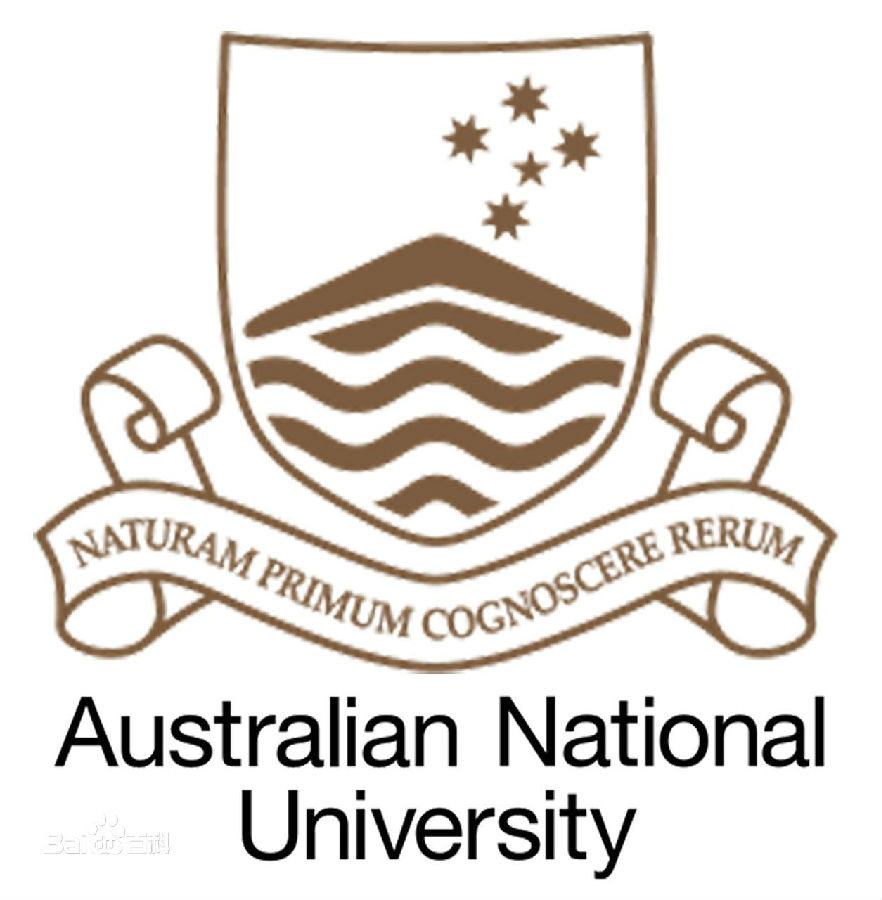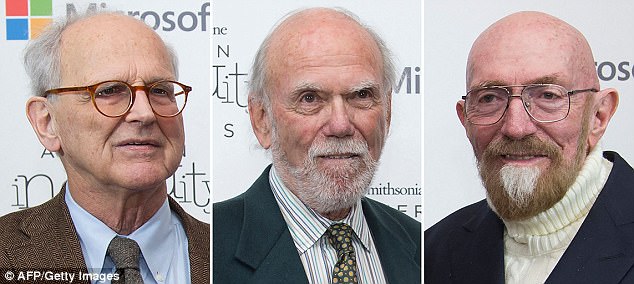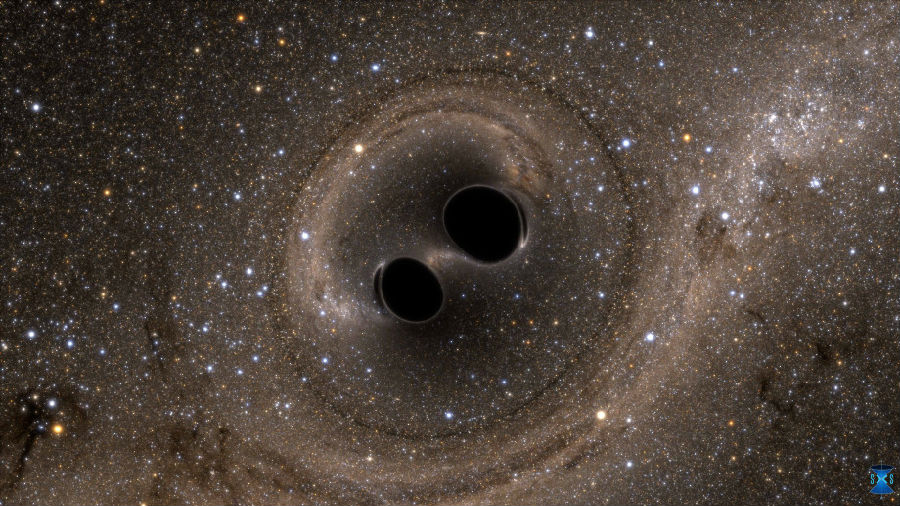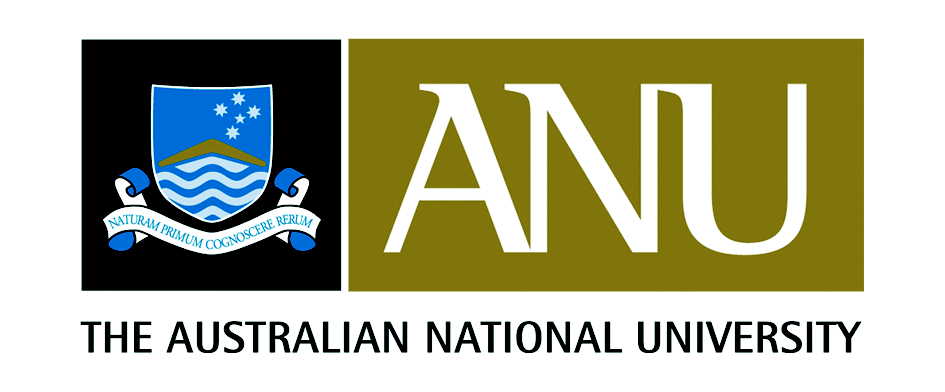


ANU welcomes this year’s Nobel Prize in Physics
ANU has welcomed this year's Nobel Prize in Physics for the ground-breaking work to detect gravitational waves for the first time, 100 years after their existence was predicted by Albert Einstein.
ANU Vice-Chancellor and Nobel Laureate Professor Brian Schmidt AC congratulated Professor Barry Barish, Professor Kip Thorne and Professor Rainer Weiss from the United States for winning the award on behalf of an international team in which ANU has played a key role.
"A triumph of physics. The discovery of gravitational waves has led to a new age of gravitational wave astronomy, allowing scientists to unlock many secrets of the Universe," said Professor Schmidt, who won the 2011 Nobel Prize in Physics.
"In future, this technique will probe the nature of black holes, neutron stars, supernovae and other things not yet imagined. We may be able to look back to almost the beginning of time - just after the big bang, which we cannot do with light. This is just the beginning, I cannot wait to see what they discover next.
"On behalf of ANU, I congratulate the winners, and ANU and Australian researchers who have helped make this amazing discovery possible."

The Nobel Prize for the first confirmed observation of a gravitational wave, ripples in space-time caused by the cataclysmic collision of two large black holes 1.3 billion years ago, was a landmark discovery that opened up new fields in physics and astrophysics.
Funded by the Australian Research Council (ARC) and led by ANU, Australia was one of the four partners in the Advanced Laser Interferometer Gravitational-Wave Observatory (LIGO) along with the United States, Germany and the United Kingdom.
"Thorne and Weiss were the founders and architects of LIGO - giants of the field - and Barish brought it to fruition. They are fitting winners of the Nobel Prize," Professor Schmidt said.
ANU supplied equipment and techniques that are used in the Advanced LIGO detectors.
The international team has made three more detections of gravitational waves since the first detection in September 2015.

The leader of the Australian Partnership in Advanced LIGO and Deputy Director of the ARC Centre of Excellence for Gravitational Wave Discovery is ANU Professor David McClelland.
"It is fitting and apt that this landmark achievement in the history of physics should be recognised with Nobel prizes for the founders of LIGO," said Professor McClelland from the ANU Research School of Physics and Engineering.
"ANU played an integral role in this amazing discovery, which has led to the award of this year's Nobel Prize in Physics. We are extremely proud to have played a part in this momentous event."

Professor Susan Scott, who is Leader of the General Relativity Theory and Data Analysis Group at ANU, said the 100-year journey of scientific discovery started with Einstein's miraculous theory of general relativity in 1915.
"Two of the greatest predictions from Einstein's general theory of relativity, black holes and gravitational waves, came together in this discovery," said Professor Scott from the ANU Research School of Physics and Engineering.
"Australia has been involved from the beginning 30 years ago in the quest to create the most sensitive instrument on Earth that was required to detect the minute distortions of space-time which we call gravitational waves."
Source: http://www.anu.edu.au/news
Related News:

Scottish physicist Professor Ronald Drever played a leading role in developing Ligo and discovering gravitational waves
Scottish physicist Professor Ronald Drever played a leading role in developing Ligo with Nobel laureates Professors Weiss and Thorne.
He died aged 85 in March from dementia less than 18 months after gravitational waves were first detected. Professor Drever misses out on a Nobel Prize as the accolade is not normally awarded posthumously.
The physicist moved to California from his native Scotland in 1979, co-founding the Ligo (Laser Interferometer Gravitational-Wave Observatory) project in 1984. On September 14, 2015, LIGO made the first-ever observation of ripples in the fabric of space and time called gravitational waves.
The detection provided astronomers with an entirely new tool with which to study the universe, ushering in the field of gravitational-wave astronomy.
Source: http://www.dailymail.co.uk/sciencetech/article-4943838/Gravitational-wave-scientists-win-2017-Nobel-Physics-Prize.html